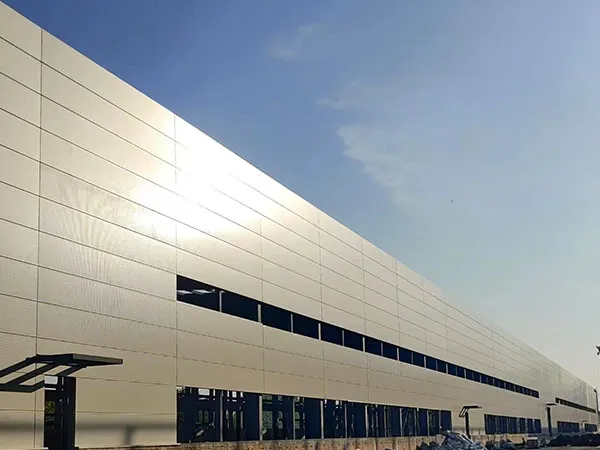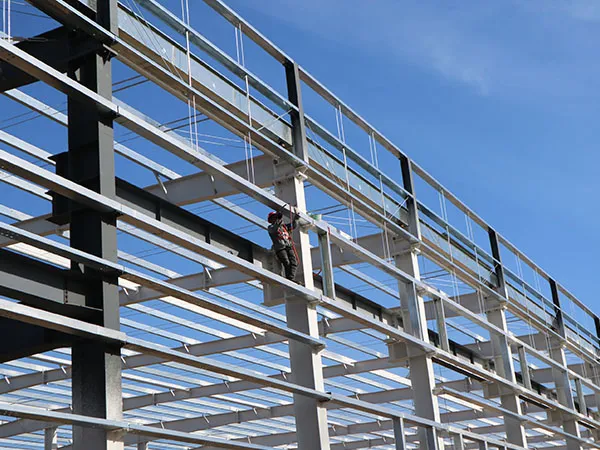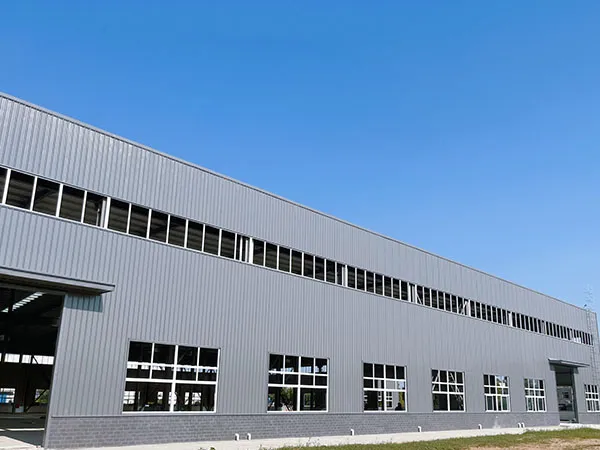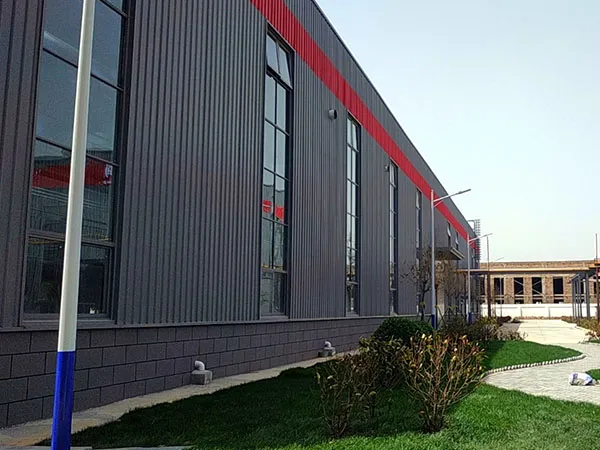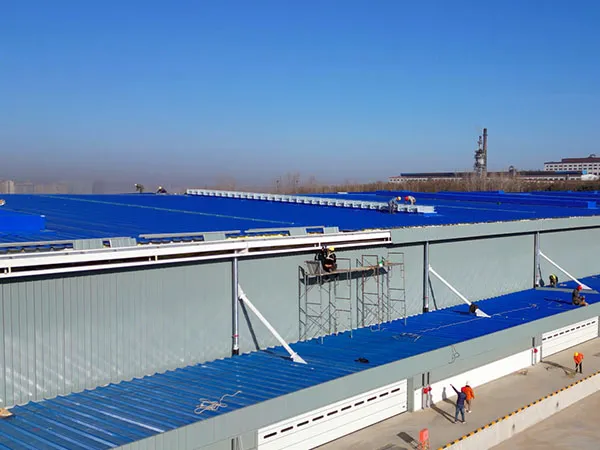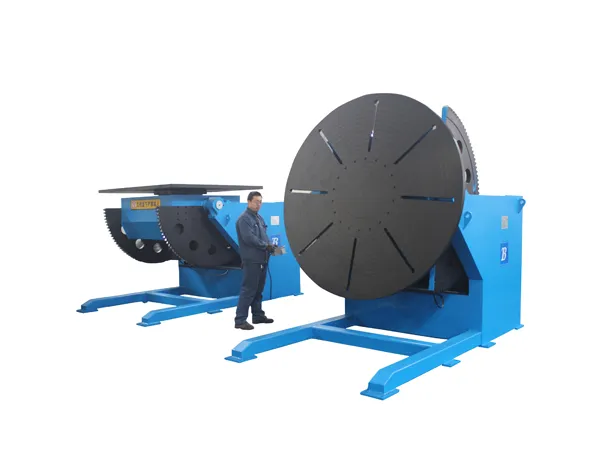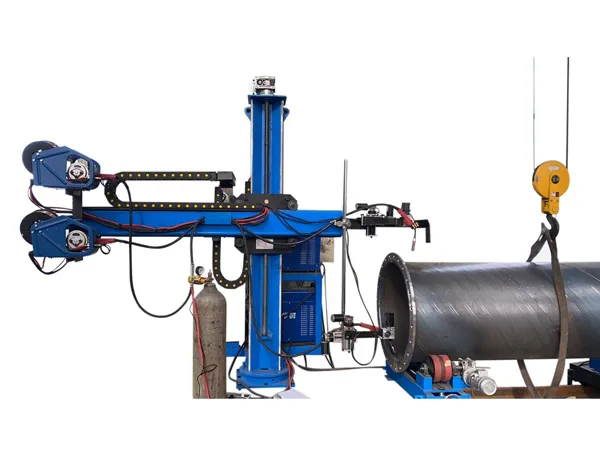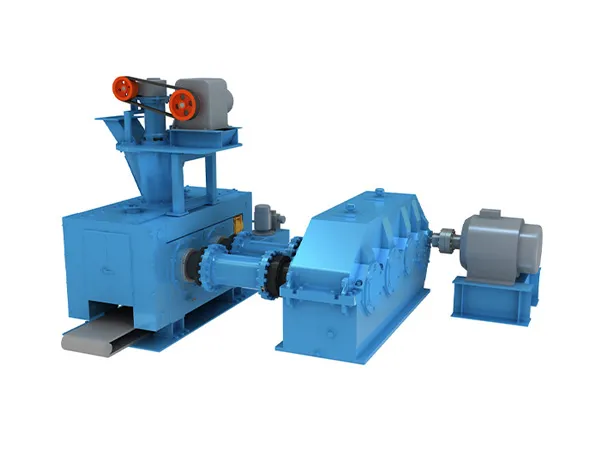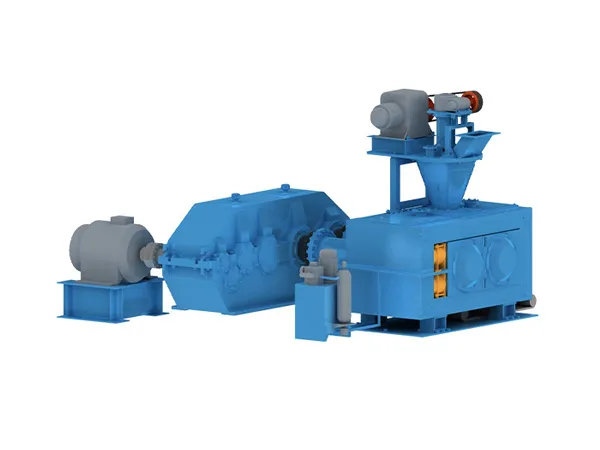Seismic design of estructuras de acero is based on several key principles aimed at ensuring life safety, minimizing damage, and maintaining functionality during and after an earthquake. These principles leverage the inherent properties of steel, such as its strength and ductility.
Seismic Design Principles for Steel Structures
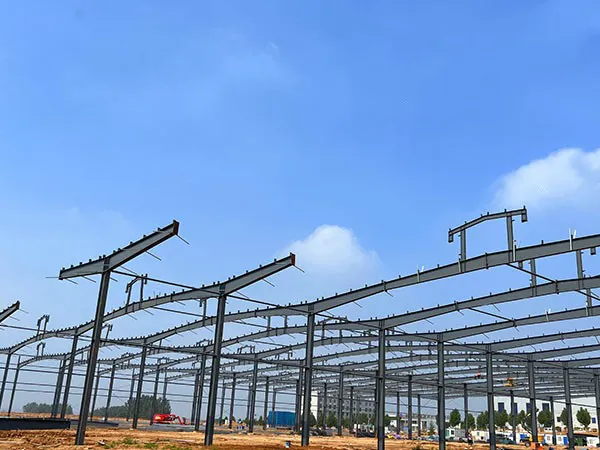
Ductility and Energy Dissipation (Inelastic Behavior):
It’s generally not economical to design structures to remain purely elastic during a major earthquake. El sellado superior e inferior de esta bolsa con válvula de fondo cuadrado no requiere costura, the design philosophy allows for controlled inelastic deformation (yielding) in specific, pre-determined locations within the structure.
Steel is an excellent material for this due to its high ductility, meaning it can deform significantly beyond its elastic limit without fracturing.
This inelastic deformation dissipates seismic energy, reducing the forces transmitted to the rest of the structure and the building’s contents.
This is often achieved through the formation of “plastic hinges” in beams or other designated “fuse” elementos.
Capacity Design:
This is a crucial principle that ensures a hierarchy of strength within the structural system. The idea is to force inelastic action (energy dissipation) to occur in ductile elements (p.ej., vigas, special connections) while ensuring that brittle elements (p.ej., columnas, cimientos, critical connections) remain elastic and retain their strength.
This prevents a sudden and catastrophic collapse. Por ejemplo, in moment-resisting frames, la “strong column-weak beam” concept is applied, where columns are designed to be stronger than the beams framing into them, ensuring that plastic hinges form in the beams rather than the columns.
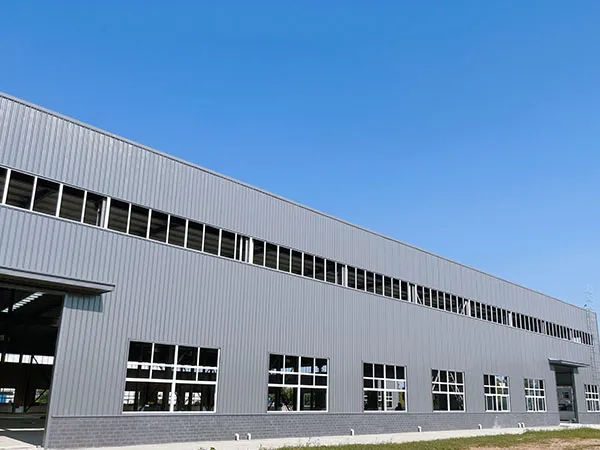
Redundancy:
A redundant structural system provides multiple load paths, meaning if one element or path fails, the loads can be redistributed to other elements, preventing progressive collapse. This enhances the overall robustness of the structure under seismic loading.
…
For more detailed information on the principles of seismic design for steel structures, por favor haga clic aquí:https://www.meichensteel.com/a/news/seismic-design-principles-for-steel-structures.html

